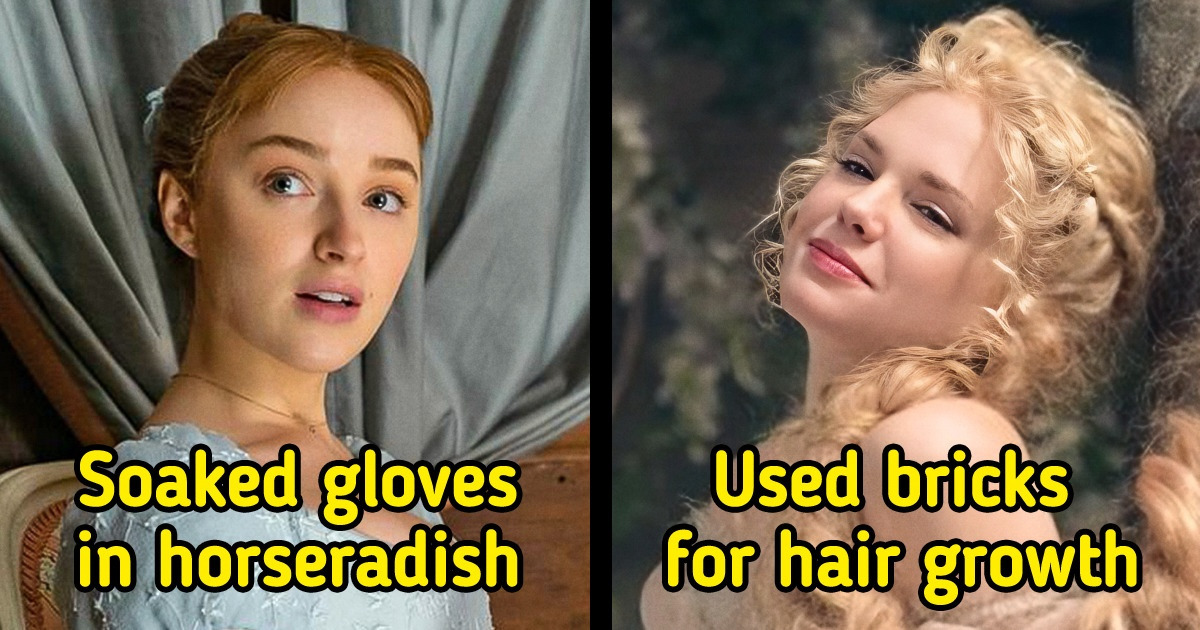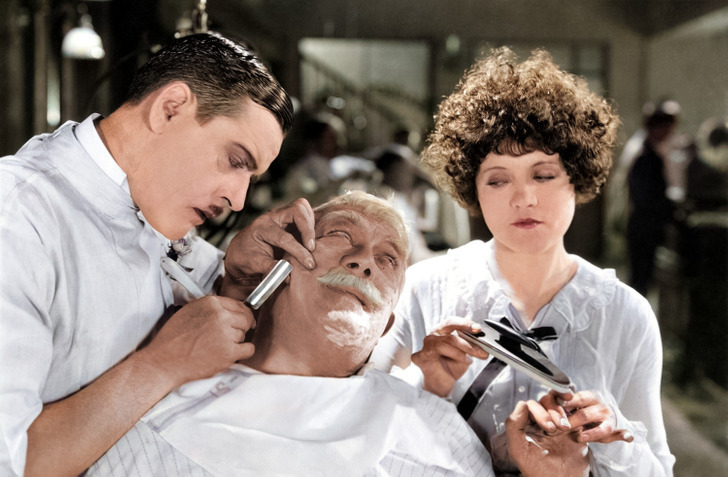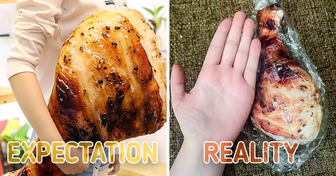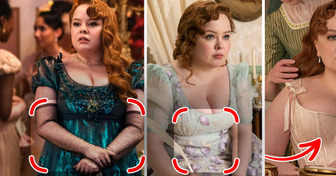16 Stars Who Made Some Changes to Their Style and Became Completely Stunning As a Result


Back in the day, men and women didn’t have all the necessities and beauty gadgets we have nowadays. From combing their hair to whitening their teeth, they had to come up with unusual ideas for today’s standards. Even combing and washing their hair was a much more complicated task than we could ever imagine.
Women made most creams and lotions by themselves. The recipes included the most unexpected ingredients. So, for morning procedures, they used cow’s milk mixed with water. Also, women washed their faces with breastmilk. To make their skin soft and get rid of acne, women used a plant known as liveforever.
Creams were made of almond oil and white wax with other exotic ingredients. Being slender wasn’t very trendy but it was good to be fit. So, to make their skin more toned, women used pastes made of oil of foxes, oil of lilies, capon-grease, goose-grease, pine and rosin, pitch, and turpentine.
Before the appearance of washing machines and washing powders, cleaning clothes was an uphill task. Still, royals appreciated cleanliness and neatness at all times. Each monarch had a laundress who was in charge of the condition of their linens. All of the dirty toilet items and bedclothes were sent to her.
Mostly, they were linen items that were washed. Other wardrobe items were cleaned with a brush, rubbed with white bread, and cleaned from stains with the help of natural ingredients. Almost all outfits were equipped with linen padding, which was carefully washed regularly.
The personal laundress usually knew many secrets of the monarchs. And her career and her peaceful life in the court depended on her ability to keep them to herself.
Women’s fingers and wrists were the epitome of beauty. Ideally, women’s hands were supposed to be white, soft, and round. To protect them from other people’s looks and bad weather, women wore gloves. Long nails were considered to be vulgar, so they were cut short, shaped like an oval, and polished.
To make the skin softer, women used different things. For example, they applied a mixture made of chestnuts. Or they soaked their gloves in horseradish and buttermilk, lemon juice, vinegar, pink water, glycerin, and oatmeal. They wore these gloves overnight.
There is an interesting recipe for a hair growth product in an anonymous digest from the 17th century. It was made with fresh yellow wax and crushed red brick. According to an unknown author, this oil worked wonders for those suffering from hair loss.
In the Tudors’ times, it was a matter of pride to have clean linens each day. People, especially nobles, would have enough clean linens for each day of the week, if not more.
Their clothes were washed using natural cleaning products. In order to remove bad smells, they were dried on top of rosemary and lavender bushes. Sometimes they were put right on the grass. It gave the fabric a subtle aroma, while sun rays helped to remove the stains left on clothes.
Before lip balms were made, women used different natural products. Ideally, women needed to have small mouths that looked like rosebuds. The lips were supposed to be round and soft.
To get rid of dryness and cracks, they used honey or oil. Some used earwax. Another recipe included using lard, beeswax, and lemon oil.
Healthy smiles have always been trendy but it was hard to achieve without modern products. In the Middle Ages, aristocrats and peasants cared about their teeth. They cleaned their teeth with cloths and sticks. To remove plaque, they used a paste made of coal, salt, and black pepper.
To make their teeth perfectly white, they mixed the ash of burned rosemary leaves, wrapped it in a cloth, and cleaned their teeth with it. To remove the bad smell from the mouth, they chewed on mint leaves or clove seeds.
The Hennin is one of the most popular pieces of headwear from the Medieval period. Even today, it is an obligatory attribute of a princess’s carnival outfit. These cones were often made of starched linen and were overlaid with silk.
The headwear was able to stay on the head with the help of hair that was placed into the cone or thanks to the special loops that were worn on the ears. In any case, it was not easy to move with this construction on the head. A special loop was attached to the front part of this headwear which helped to fix or hold the hennin during strong winds.

It seemed impossible to remove hair from the face by yourself before the invention of the safety razor. While sitting in the barber’s chair, men would puff out their cheeks. Thus, the skin on their face was stretched, and the risk of being cut by a sharp blade was significantly reduced.
In the 19th century, American barbers would put their fingers in their clients’ mouths while shaving. It let them stretch and unfold the skin and get to the hardest-to-reach facial areas without feeling afraid to injure their client. Mark Twain described this procedure in one of his stories, “He now put his finger into my mouth to assist him in shaving the corners of my upper lip, and it was by this bit of circumstantial evidence that I discovered that a part of his duties in the shop was to clean the kerosene lamps.”
Royals have been trendsetters since ancient times. They introduced new fashion ideas and set strict rules. However, one required certain agility to be able to wear some of these outfits.
For example, during the times of Tudors, one-piece dresses didn’t exist at all. They all consisted of separate elements including a petticoat, farthingale, corset, pleated sleeves, etc. They were either sewn together or secured by pins. That’s the reason why noble ladies had to walk slowly and elegantly and sit down, avoiding any sharp movements.











